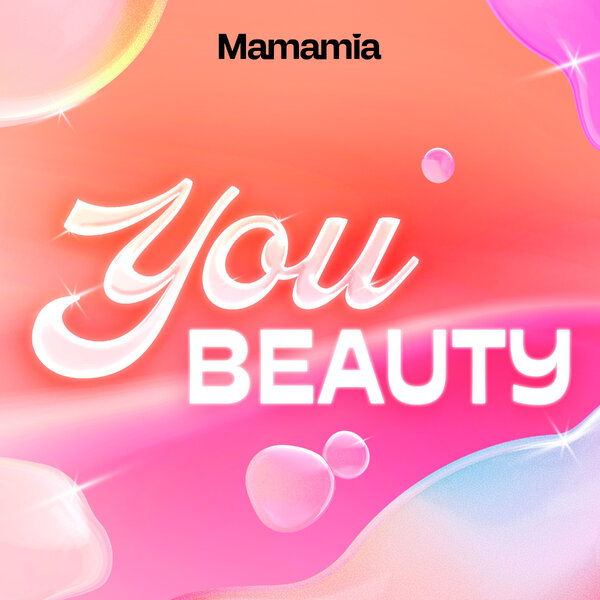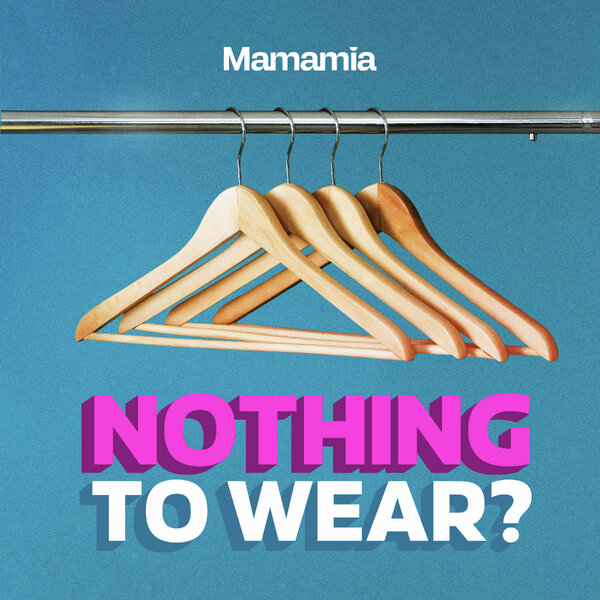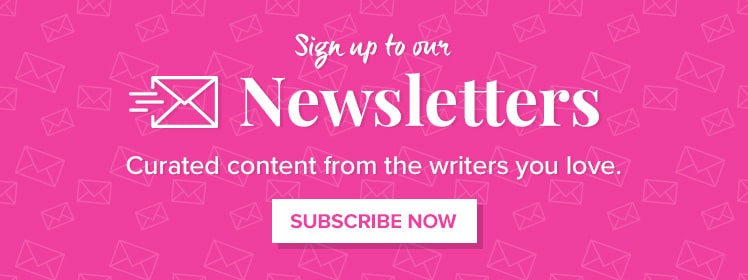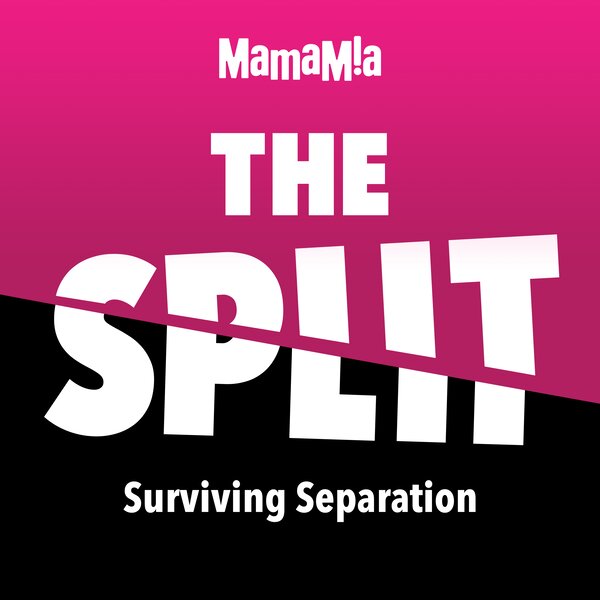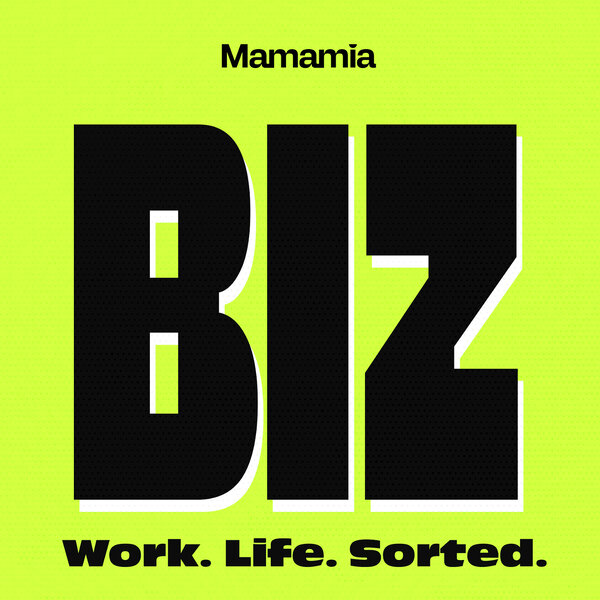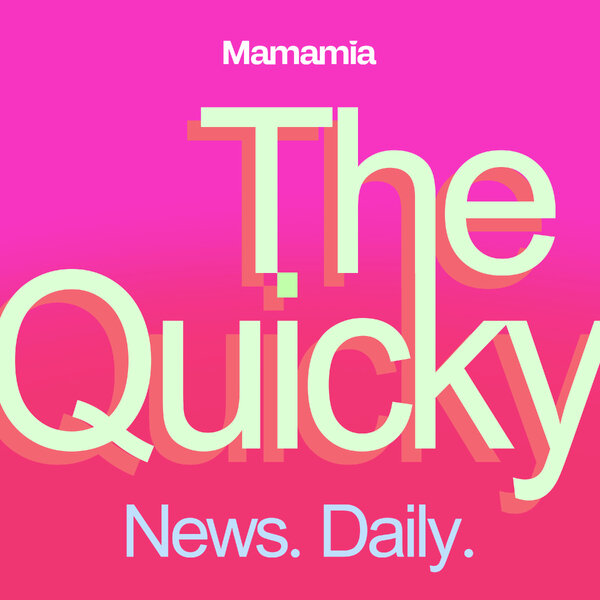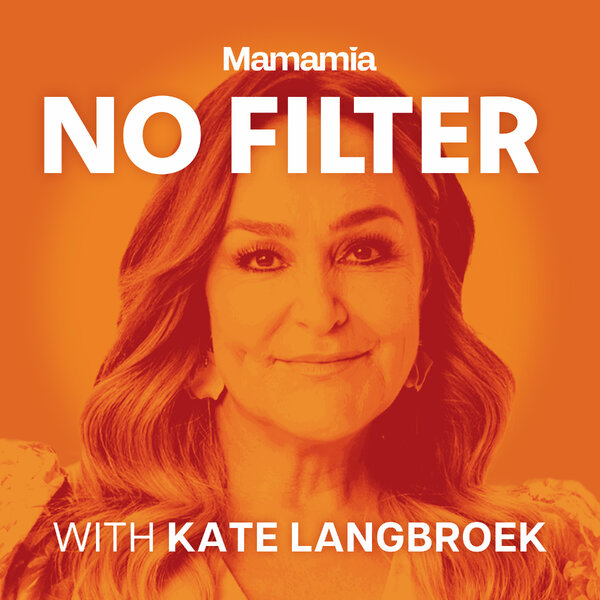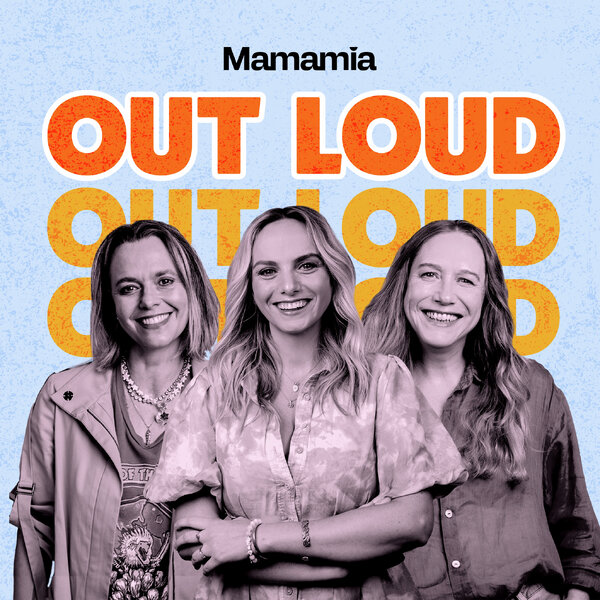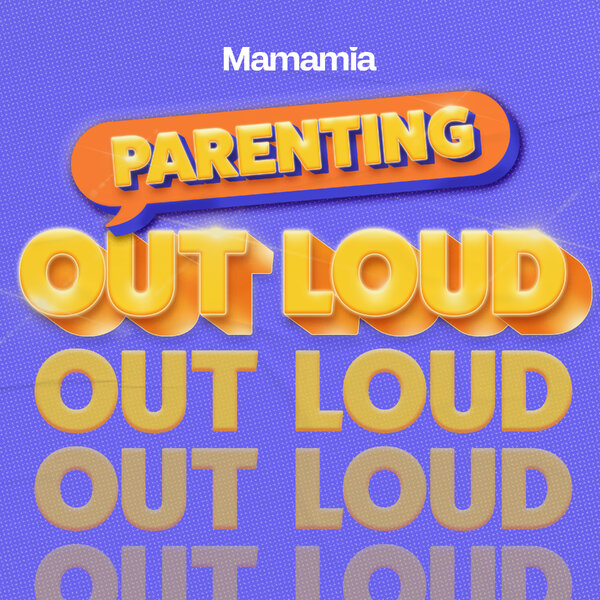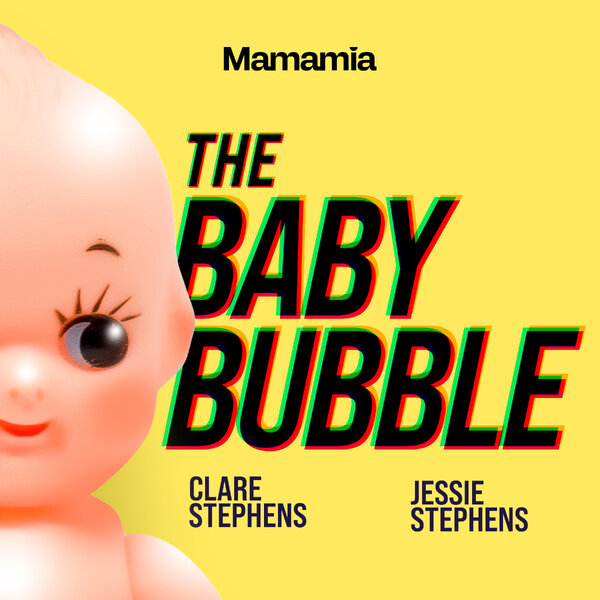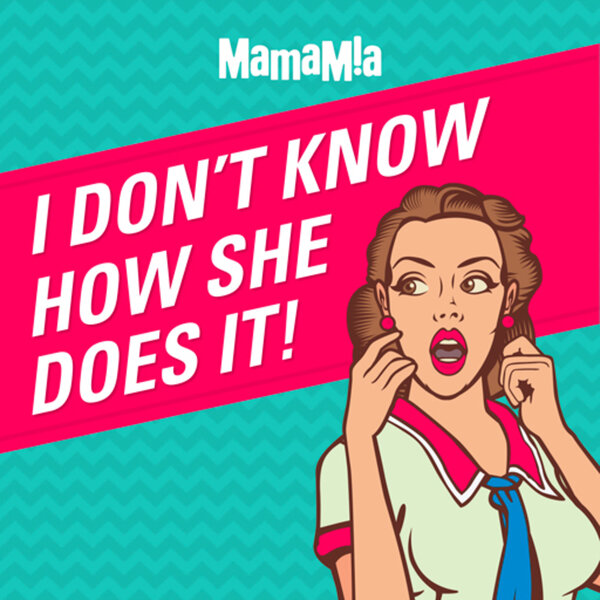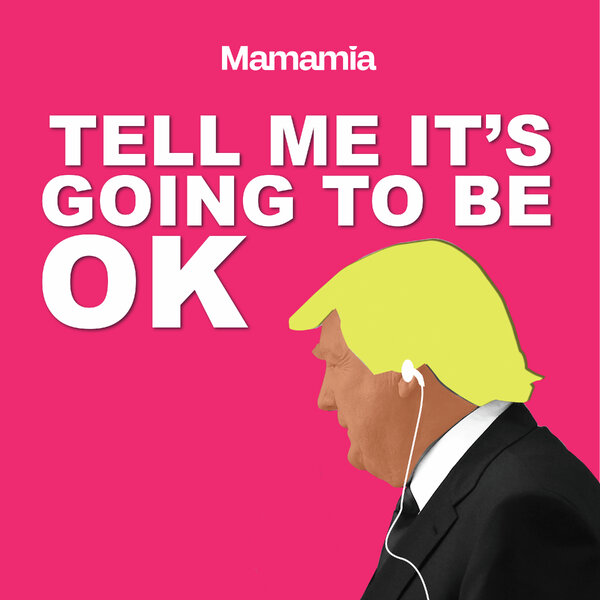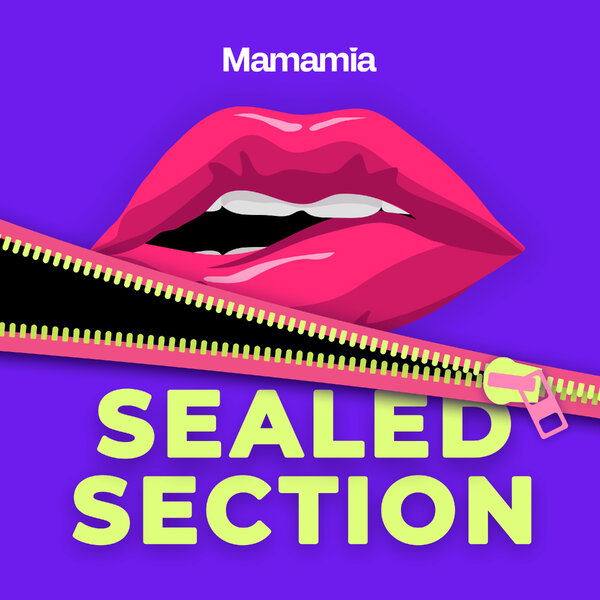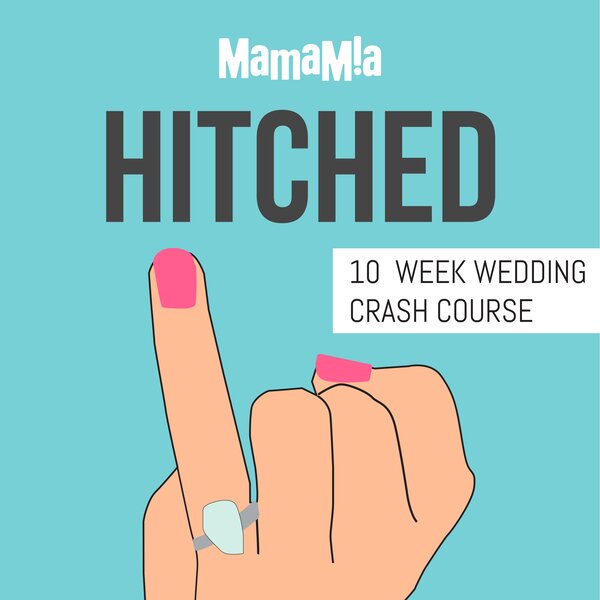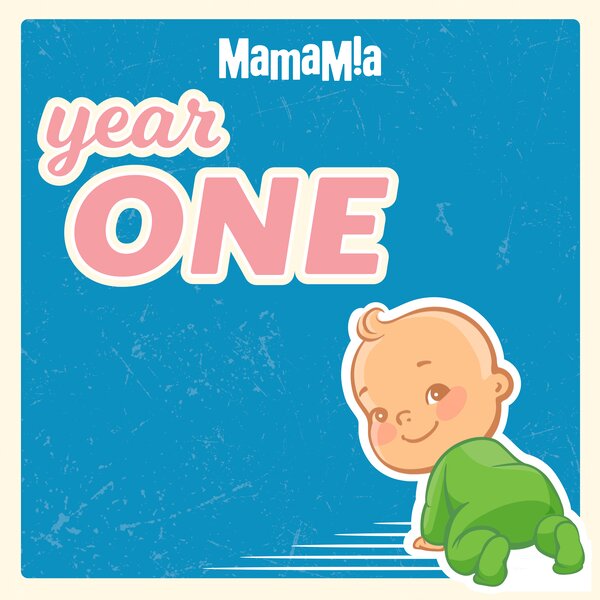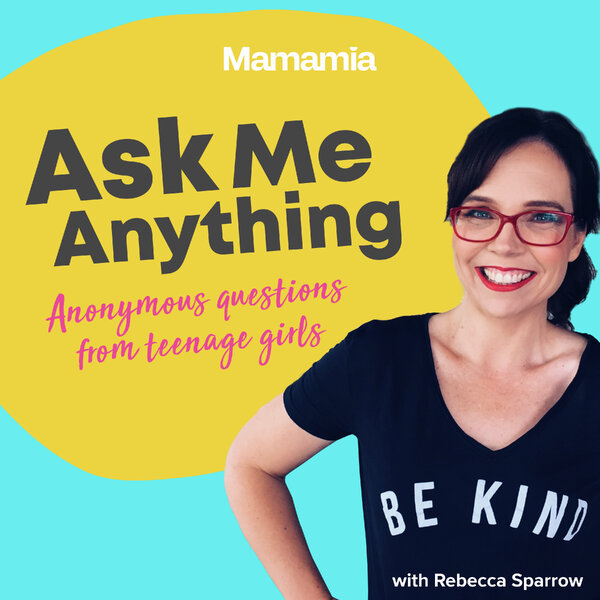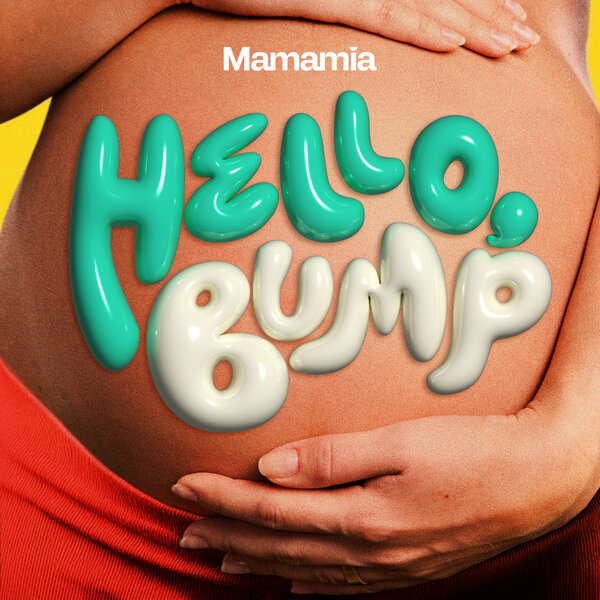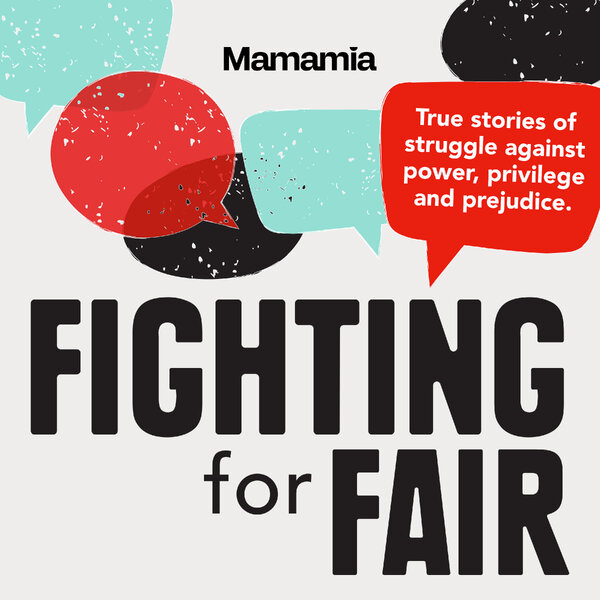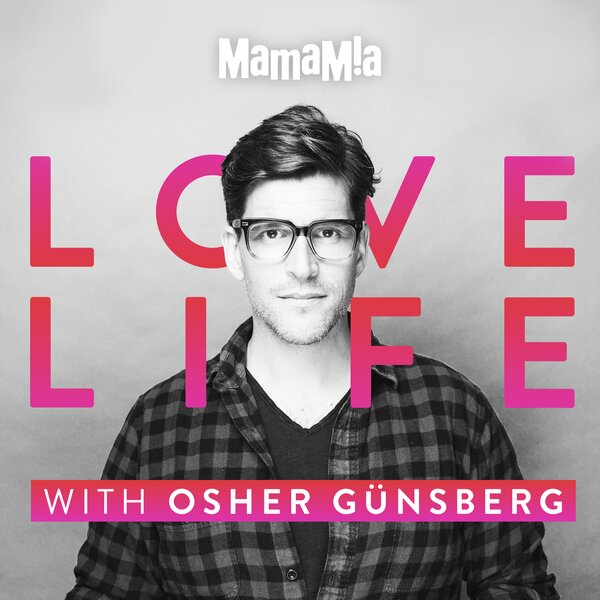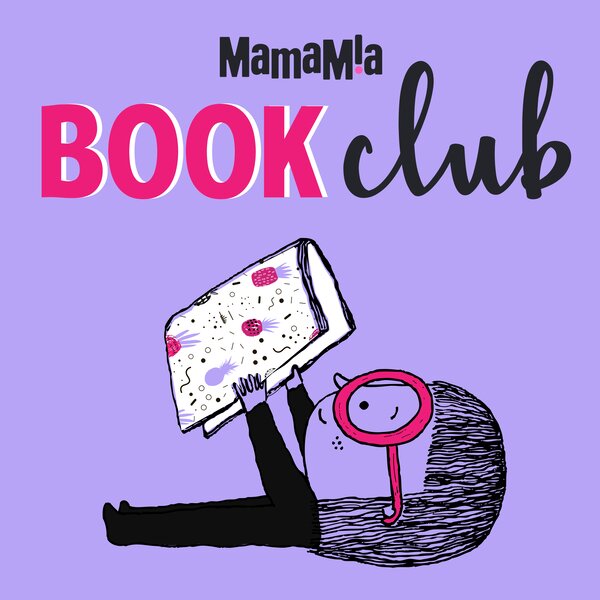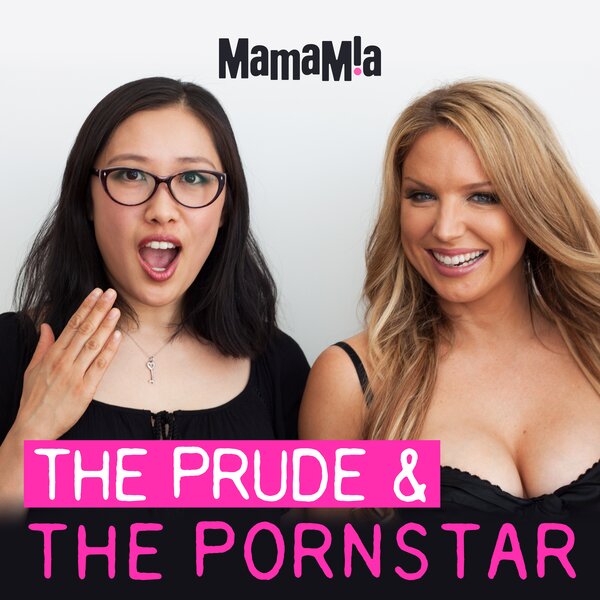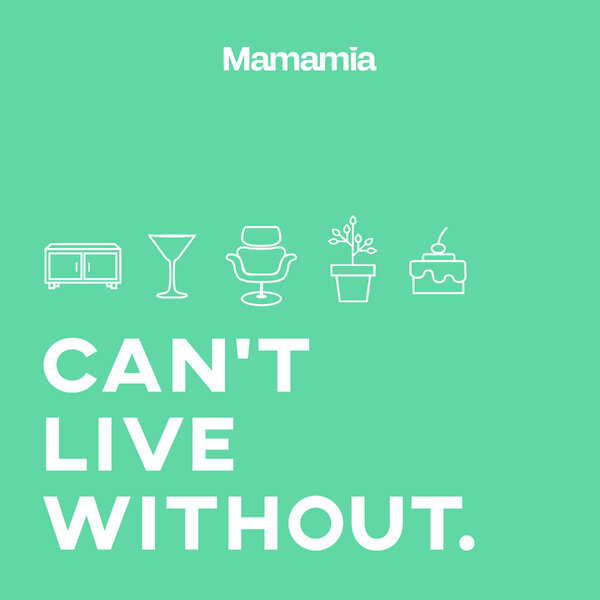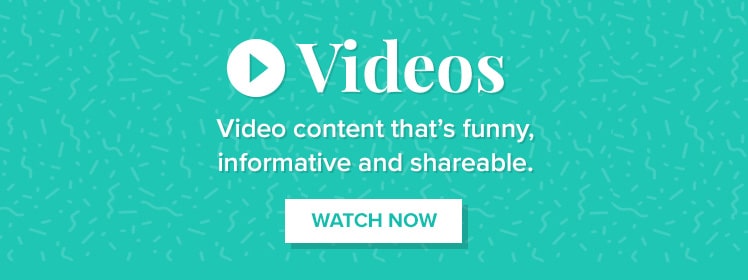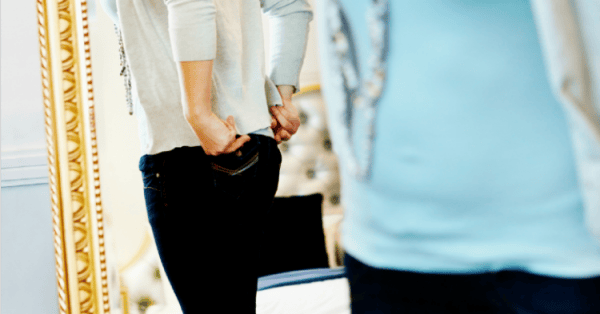
I walked past this magazine cover last week and I had to stop and take a photo:
WHO Weekly was the last remaining connection I had to magazines as a reader.
I always liked the way it covered celebrity news – fact-based and tone-free instead of ridiculous gossip from “a source close to Angelina”.
If they have some photos of a celebrity, they just publish the photos, they don’t make up a story to justify them, which is how other celebrity mags work.
For years I’ve tried to ignore the way Who has gone more and more into selling female insecurity by running endless, ENDLESS covers and stories about weight gain and weight loss and “half their size!” and “fears for [insert skinny female celebrity here]” and bodies after babies.
Honestly, it makes me want to punch myself in the face.
It’s old and tired and mercenary and cruel (to readers and celebrities) and bullshit.
That body bullshit obviously sells better for them than any other topic so someone’s buying it, in the same way alcoholics buy booze I guess…

